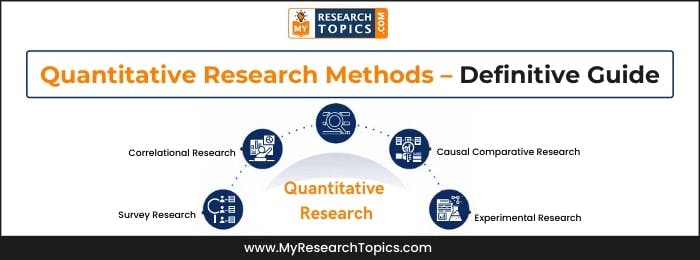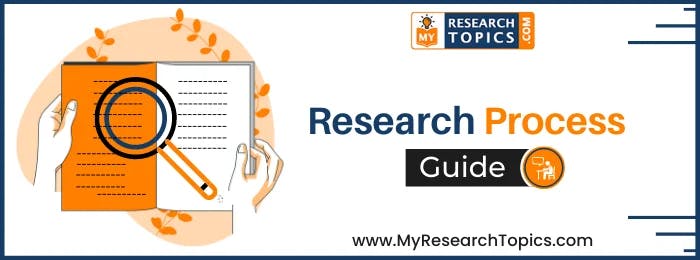Understanding the Types of Variables
Published 16 October, 2023

A variable can be defined as a characteristic of an individual that you are studying. The type of variable you use in your research can have a major impact on the results and conclusions that are drawn. Understanding the types of variables will help you better design, analyze, and interpret your data. This blog post will cover some basics about variables and different types of variables.
What is Variable in Research?
The word, Variables, in general, is mean the feature of an object having a changeable value dependent on the other factors.
A variable is a thing that you measure, manipulate and control in statistics and research. All studies analyze a single or several variables which can describe people, places, things, or ideas. A variable’s value changes over time between groups of participants; it can be measured at different points during an experiment to see how they change from one point to another when manipulated by other factors
You can determine a good research design in the study on the basis of the selection of the variables which you intend to measure.
For example, If you want to determine the status of the GDP of a country, you need to judge the factors relevant to the GDP of the country. Like, individual income, market structure, demand of products, and supply statistics of the goods and services of the economy. As a reason, with changes in these factors, the GDP of the economy also changes. Therefore, the factors having moving value while influencing other factors are known as variables.
Different types of variables would be learned from answering the following questions.
- What is the nature of the data for the chosen variable?
- What is the contribution of the variable in the study?
Types of Variables:
There are many different types of variables available that can be applied in varied domains. These are as follows:
Quantitative variables
A quantitative variable is a variable that is measured on a numeric scale. Quantitative variables are most often used to describe movements of physical phenomena or maps. Quantitative variables are numbers that can be added, subtracted, or divided. This is because they represent real amounts of something.
Quantitative variables are of two types including Discrete and Continuous.
Discrete vs Continuous variables
| Variables | Definition | Example |
|---|---|---|
| Discrete variable | Refers to individual value or counts. a variable that can only take on a certain number of values. |
|
| Continuous variable | It is non-finite values. Continuous Variables would (literally) take forever to count. |
|
Read Also: Qualitative & Quantitative Research Method Differences
Categorical variables
Categorical variables are values that represent different groupings. They’re sometimes represented as numbers, but the data is really just a representation of categorical groups rather than actual amounts.
In other words, the categorical variable refers to the groups of some types of categories where those which you need to record and represent as a number.
However, the numeric reveals the specific categories rather than the actual values of the variables. Categorical variables are of three types as Binary, Nominal, and Ordinal.
Binary Vs Nominal Vs Ordinal
| Variables | Definition | Example |
|---|---|---|
| Binary | Refers to the positive or negative outcomes and is coded as two numbers. (a variable that can only take on two values) |
|
| Nominal | Refers to the groups having no ranks within them. (A variable is categorized as nominal if it has two or more categories, but does not have an intrinsic order.) |
|
| Ordinal | It is the group, ranked through the specific number on a priority basis. (there is a clear order) |
|
Independent Variables
An independent variable in a research study is a variable that does not change while the researcher is collecting data, and remains constant between subjects.
The variable that is used to describe or measure the factor assumed to cause, influence, or at least be related to a problem is called an independent variable.
Dependent variables
The dependent variable is also called a criterion variable which measures the outcome of events. A dependent variable relies on and can be changed by other components.
Control variables
Control variables are the factors that must be held constant in an experiment. These experiments have variable categories, but for a study to work correctly, every factor needs to remain consistent so that any changes can be tested and observed through accurate data sets.
Independent vs Dependent vs control variables
| Variables | Definition | Example |
|---|---|---|
| Independent | Variables that move independently without influence to produce outcomes of the experiment |
|
| Dependent | Variable revealing ultimate outcomes of the experiment and rely on circumstances |
|
| Control | Variables kept constant throughout the experiment |
|
Other common types of variables
Apart from the above descriptions, there are some other ways of defining the variables to interpret the results of the experiments undertaken. Some of the variables are described below:
| Variables | Definition | Example |
|---|---|---|
| Confounding | This variable hides the real effect of the other variables in the experiment as the same is closely related to the concerned variable and not controlled properly |
|
| Latent | A variable leads to run the experiment while not being measured directly. These variables are measured via proxy |
|
| Composite | You can develop it through a combination of other variables during data analysis. |
|
Other Related Guides
- Research Project Questions
- Types of Validity in Research – Explained With Examples
- Schizophrenia Sample Research Paper
- Quantitative Research Methods – Definitive Guide
- Research Paper On Homelessness For College Students
- How to Study for Biology Final Examination
- Textual Analysis in Research / Methods of Analyzing Text
- A Guide to Start Research Process – Introduction, Procedure and Tips
- Research Findings – Objectives , Importance and Techniques
- Topic Sentences in Research Paper – Meaning, Parts, Importance, Procedure and Techniques












